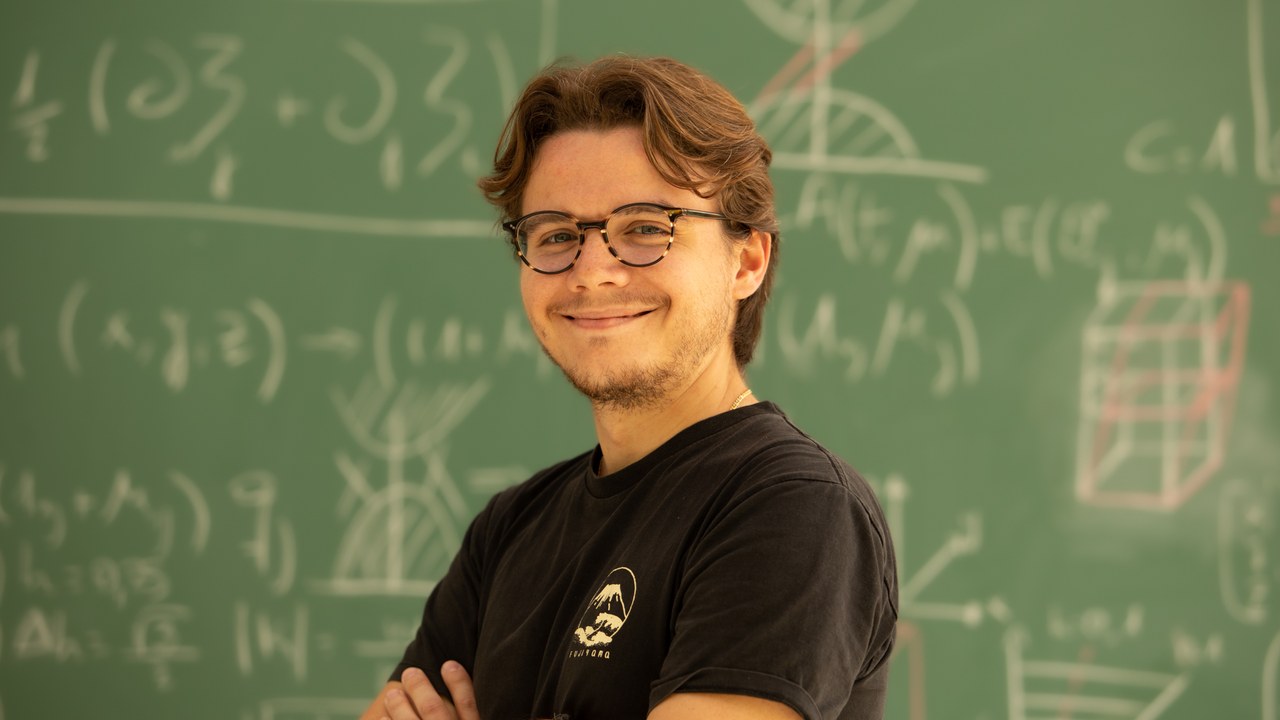Toward controlling the topology of branched cyclic polyglycerol: from the monomer approach to the hypergrafting of cyclic polyglycidol
PhD Program
- Speaker
-
Carlo Andrea Pagnacco
- When
-
2025/12/05
11:00 - Place
- CFM Auditorium, Donostia / San Sebastián
- Add to calendar
-
iCal

PhD Thesis defense by Carlo Andrea Pagnacco
Supervisor: Fabienne Barroso Bujans (DIPC, Ikerbasque Research Professor)
Nano / Polymers and Soft Matter / Polymer Synthesis
Polyglycerol or polyglycidol (PG) is a polymer widely used in biomedicine due to its excellent biocompatibility, high water solubility, and presence of multiple hydroxyl groups along the backbone. Branched cyclic polyglycerol (bcPG) is a specific architecture of PG. By using an in vitro blood-brain barrier model with endothelial cells, current studies in the group have demonstrated that the topology of PGs plays an essential role in the endothelial cell permeability and, more generally, in their biological response. This is why the controlled synthesis of these types of structures is essential.
This doctoral thesis aims to: (i) gain deeper insight into the complex structure of bcPG by using photophysical methods; and (ii) develop novel branched cyclic PG architectures, named cyclic polyglycidol-graft-hyperbranched polyglycerol (cPG-g-hbPG), with a higher degree of structural control by establishing new methods of synthesis based on a two-step process: the formation of a cyclic core followed by a controlled branch growth. A key goal is to establish a clearer structure-property relationship driven by the topology. Aim (i) was pursued by evaluating the changes in the fluorescence emission (intensity and peak position) of two solvatochromic dyes, PRODAN and Coumarin 120, in the presence of bcPG and a series of (macro)molecules with structural similarities. Aim (ii) was pursued by following different synthetic strategies for synthesizing the precursor of cyclic polyglycidol (cPG) core of cPG-g-hbPG structures: the ring closure of an anionically synthesized poly(ethoxyethyl glycidyl ether) and the ring expansion polymerization of tert-butyl glycidyl (tBGE) to generate cyclic poly(tBGE). The latter method was found to be the most straightforward for the scalable synthesis of cPG, which was then used as a macroinitiator in ring opening multibranching polymerization to generate the target cPG-g-hbPG with molecular weights ranging from 10^3 to 10^6 g/mol evidenced by the notable differences in the glass transition temperature and degree of compactness of cPG-g-hbPG in comparison to its topological analogues, which contain three-arm and linear cores, and were also synthesized in this thesis.
